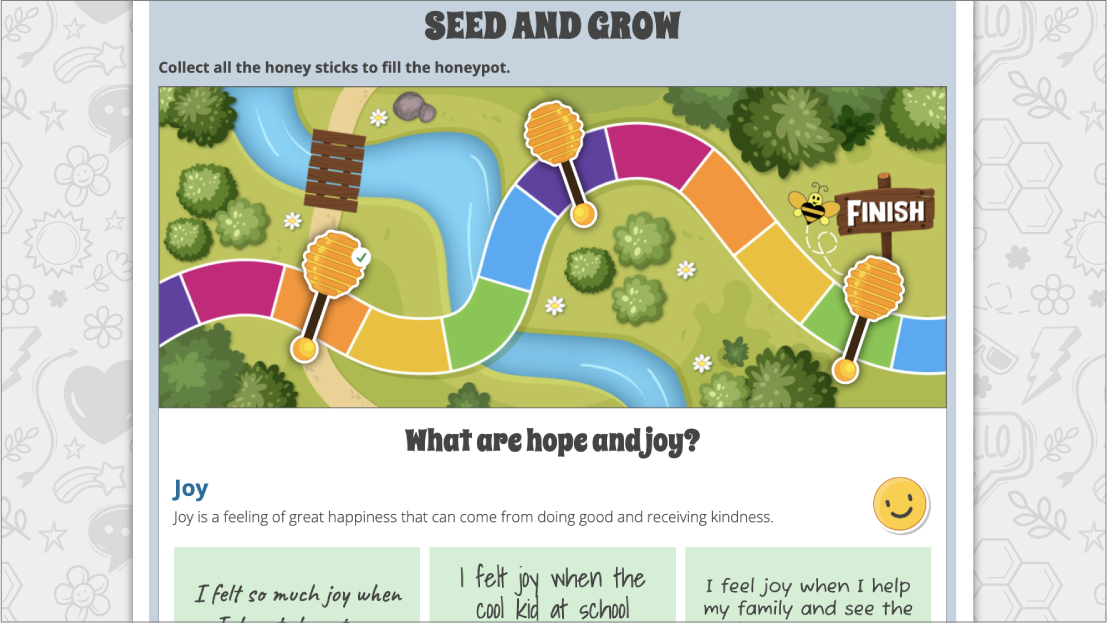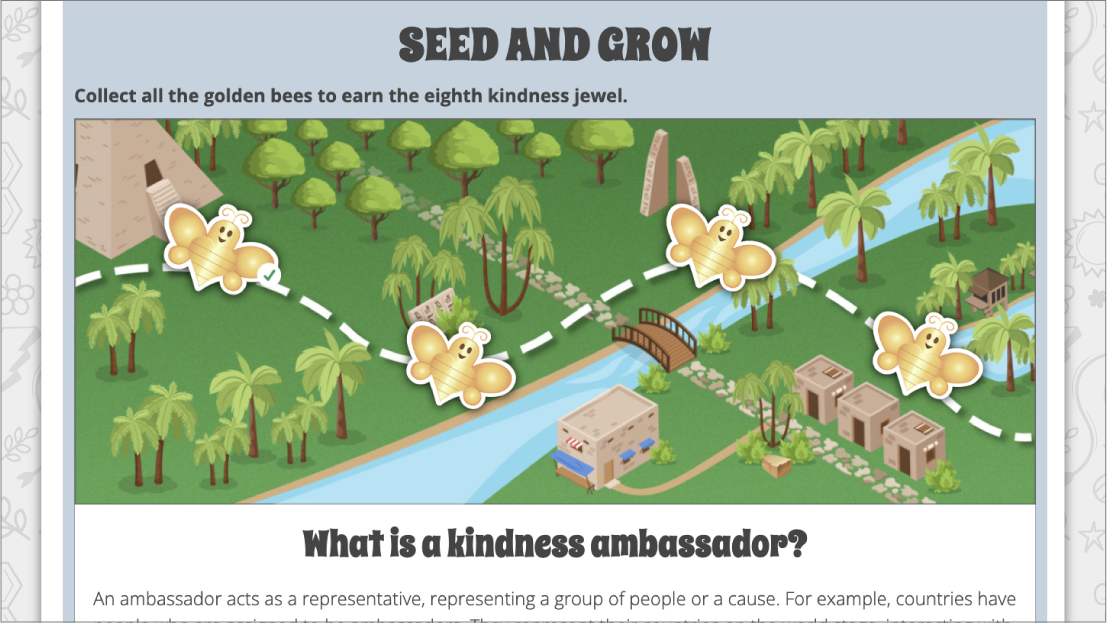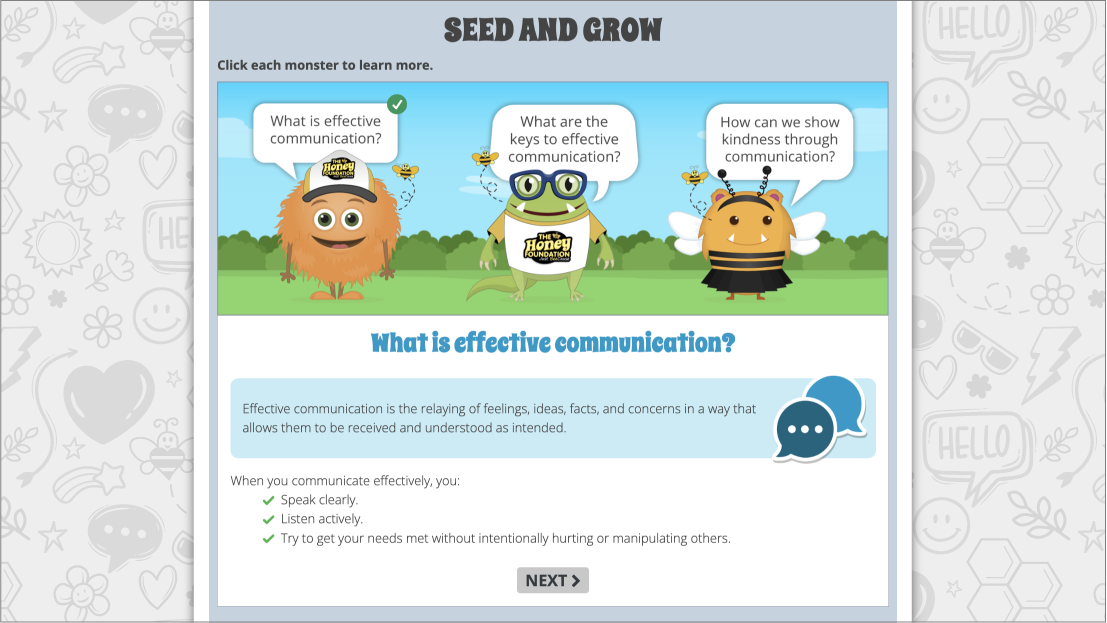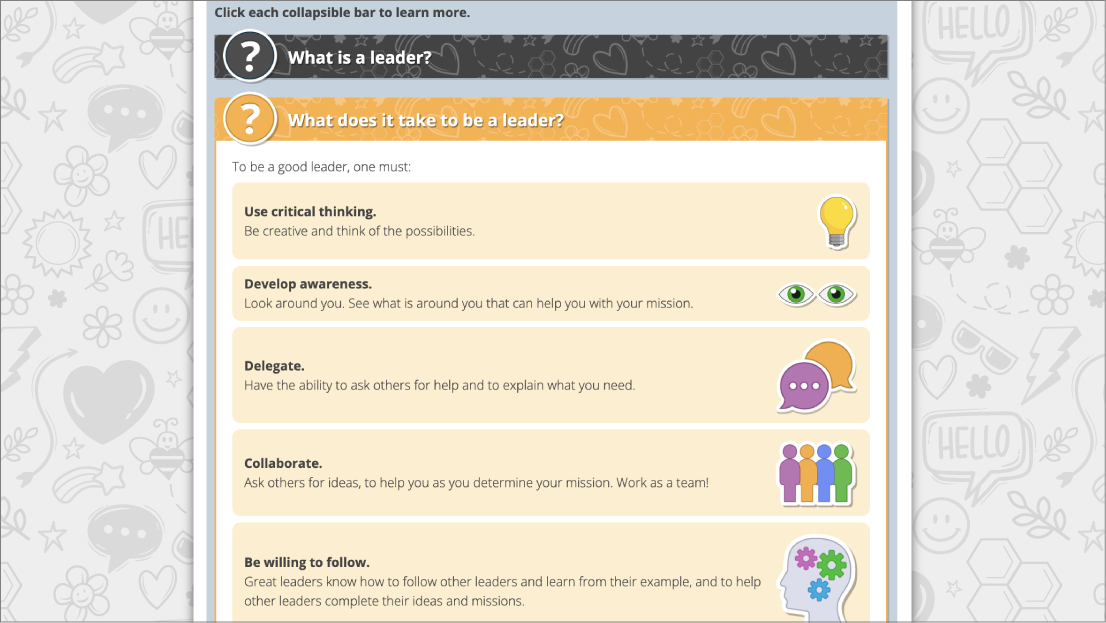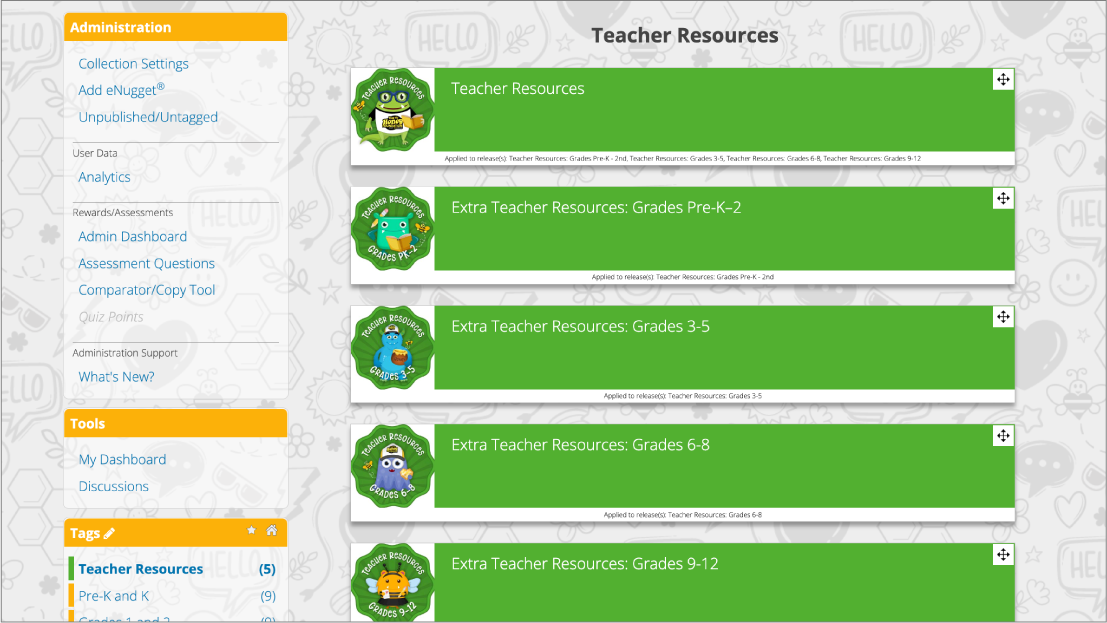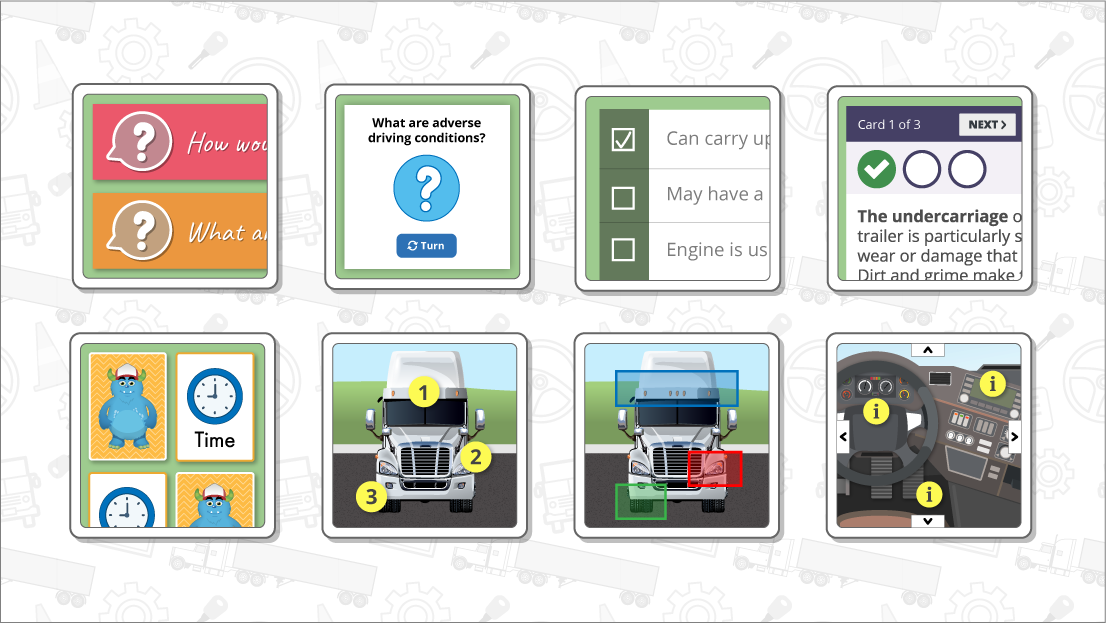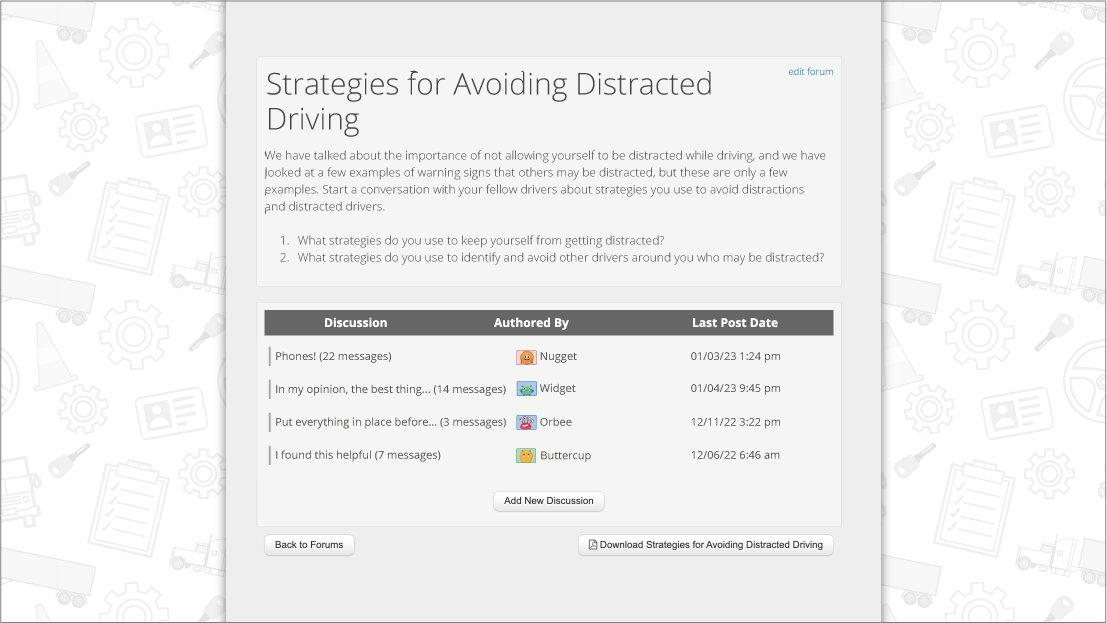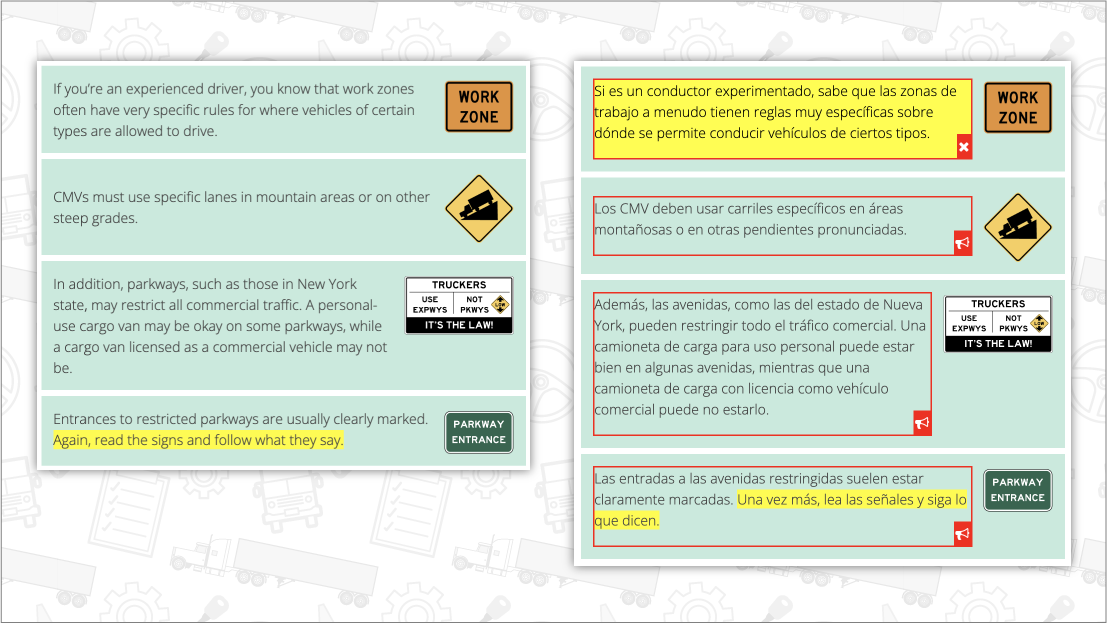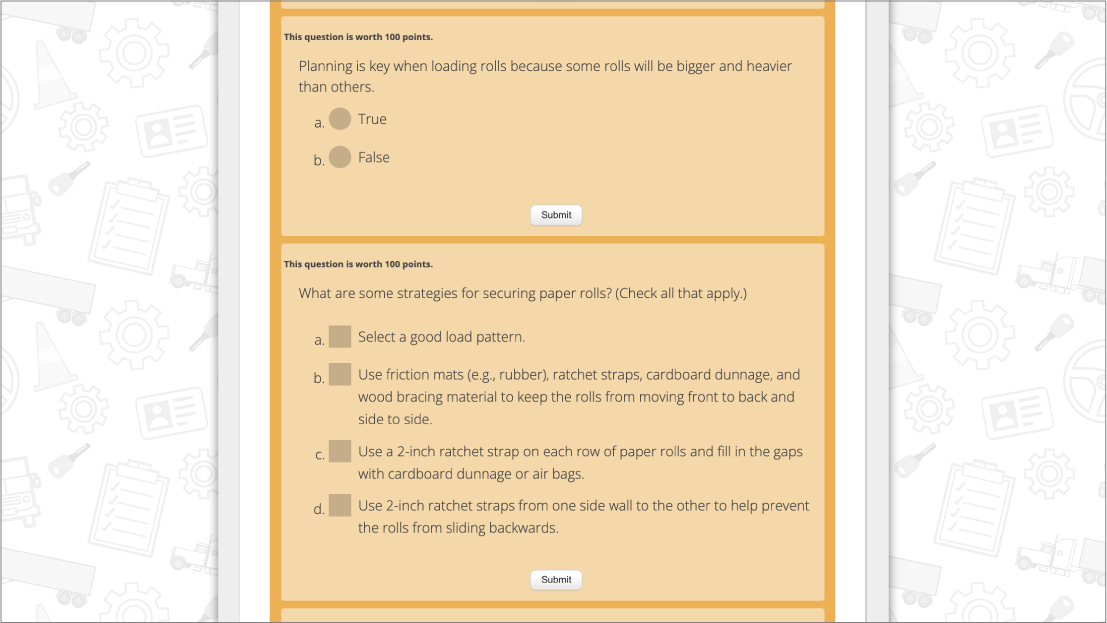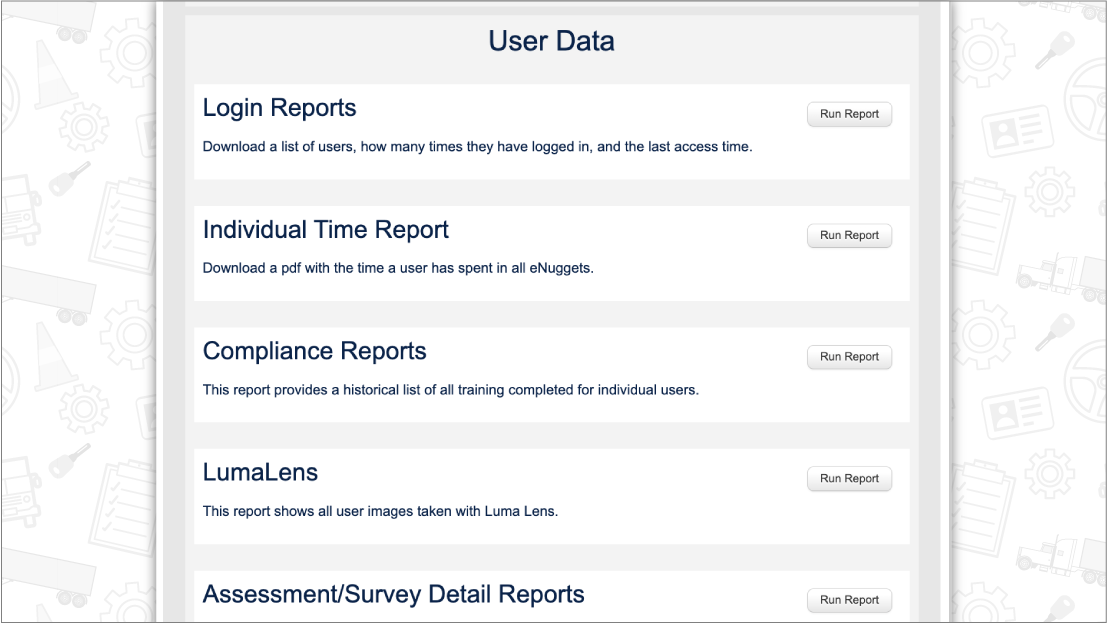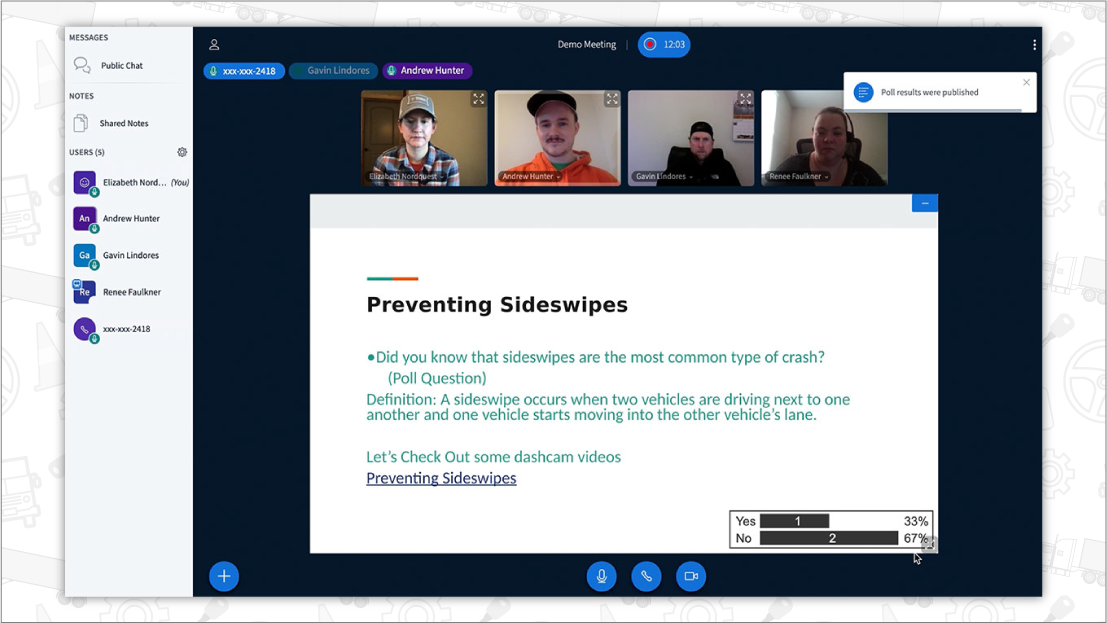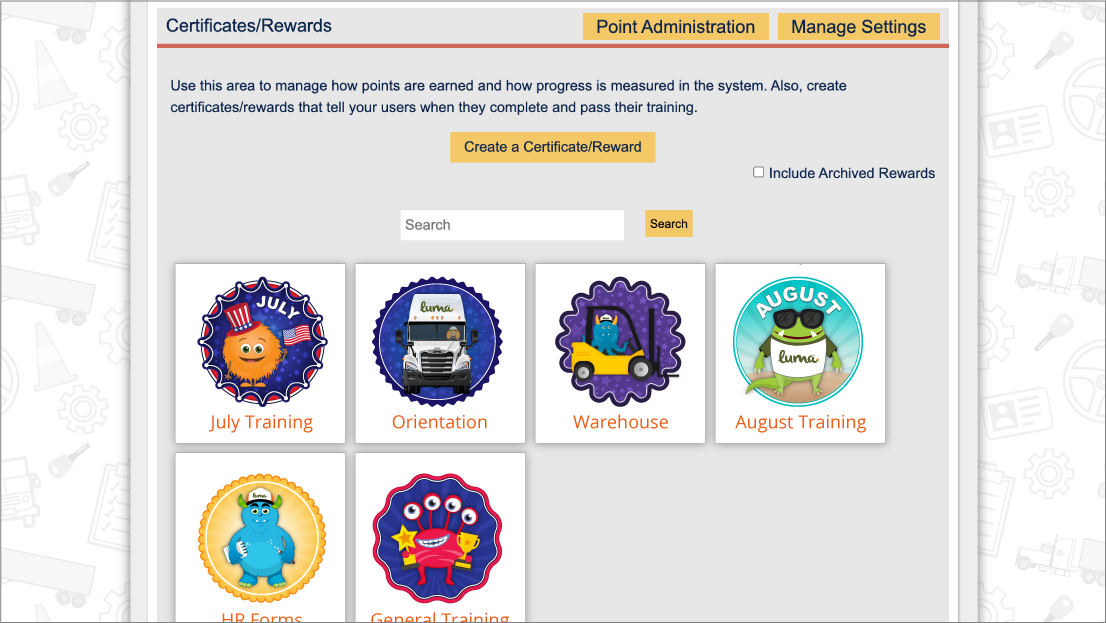![]()
Strategies for Saving Money
Why is it important to save money? There is nothing worse than having an unexpected financial crisis come up — inevitably between paydays. An unwelcome bill or expense can easily create a financial hardship. It can also tempt someone to max out credit cards, making it nearly impossible to catch up. It’s important that all adults make a plan to reduce costs at the same time as putting a little extra money away for future goals. This Learning Lesson will provide learners with strategies for saving money.
 Have your heard? Our Learning Lessons have been collected into a book available for purchase on Amazon.com! Teaching Without A Teaching Degree: Luma Learning Lessons contains 52 lesson plans and worksheets with 106 different teaching strategies designed for the trucking industry that can easily be adapted to suit any age and content topic.
Have your heard? Our Learning Lessons have been collected into a book available for purchase on Amazon.com! Teaching Without A Teaching Degree: Luma Learning Lessons contains 52 lesson plans and worksheets with 106 different teaching strategies designed for the trucking industry that can easily be adapted to suit any age and content topic.Our free Luma Learning Lessons include objectives, estimated time, materials and instructional procedures for classroom and online/blended teaching. We will provide strategies on how to use our new LumaLive technology to collaborate virtually in real-time. We include these pillars from our learning research to illustrate where they are infused in our lessons.
Interaction Types
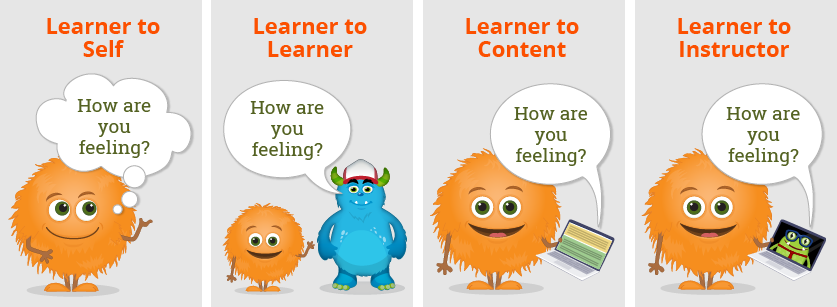
For decades there has been discussions of interaction types in education. (Anderson, 2003) Most interaction types observed in driver training traditionally are learner to instructor or learner to content. Moreover, most interaction time with driver training and orientation is synchronous or at the same time. This Learning Strategy is going to help you think about ways you can hold training without a physical classroom.
Interaction Time
The following Lesson is broken down into two different interaction times.
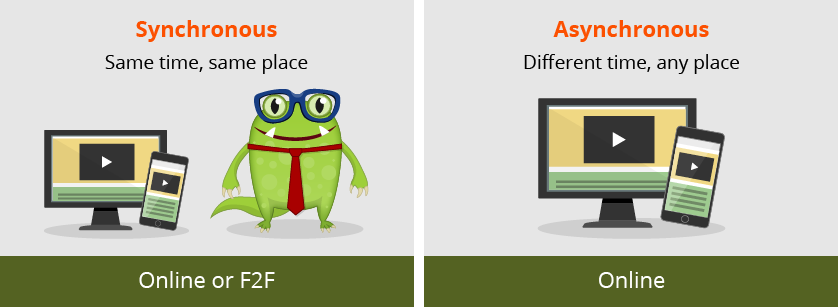
Objectives
|
||
Estimated Time30 minutes |
||
Materials
|
(or at the same time without a classroom)
- Meet up in webinar technology, like LumaLive.

 Send out the Strategies for Saving Money worksheet before class. Have them fill it in and be ready to discuss in class.
Send out the Strategies for Saving Money worksheet before class. Have them fill it in and be ready to discuss in class.

 When learners come to class, have this question posted on a slide that you are sharing, “How do you save money?”
When learners come to class, have this question posted on a slide that you are sharing, “How do you save money?”
 Have learners share what they put on their worksheets.
Have learners share what they put on their worksheets.

 Option: If there is time, learners could discuss their lists together. You could set up break out groups in LumaLive and have them meet back in 10-15 minutes.
Option: If there is time, learners could discuss their lists together. You could set up break out groups in LumaLive and have them meet back in 10-15 minutes.- Ask learners what is one new strategy that they picked up from their co-worker.

 Share a blank worksheet on your screen and pick the top 10 strategies that were discussed. Introduce any new ideas that have not been suggested. Fill in the new worksheet and send out after class through email.
Share a blank worksheet on your screen and pick the top 10 strategies that were discussed. Introduce any new ideas that have not been suggested. Fill in the new worksheet and send out after class through email.
 Option: Tell participants to keep track of how much money they save for a specific period of time. Meet back up to see how saving money is going and answer any questions.
Option: Tell participants to keep track of how much money they save for a specific period of time. Meet back up to see how saving money is going and answer any questions.
(or not at the same time)

 Send out the Strategies for Saving Money eNugget®.
Send out the Strategies for Saving Money eNugget®.

 Share some ideas that you have for them for saving money in the discussion board.
Share some ideas that you have for them for saving money in the discussion board.
 In the discussion board post the following:
In the discussion board post the following:
Share a tip or ideas that you have for saving money. Keep track of your savings for two weeks. At the end of the two weeks, let us know how it went and what, if anything, you still need help with.
 Optional: Pair up learners who are good with saving money with those that need help. Have them work together to improve on their strategies.
Optional: Pair up learners who are good with saving money with those that need help. Have them work together to improve on their strategies.
Reference:
Anderson, T. (2003). Modes of interaction in distance education: Recent developments and research questions. Handbook of distance education, 129-144.

 Luma® is a learning and instructional design company that is always coming out with new training topics. Need something specific? Give us a call at (574) 807-8148 ext 5 or email
Luma® is a learning and instructional design company that is always coming out with new training topics. Need something specific? Give us a call at (574) 807-8148 ext 5 or email 

